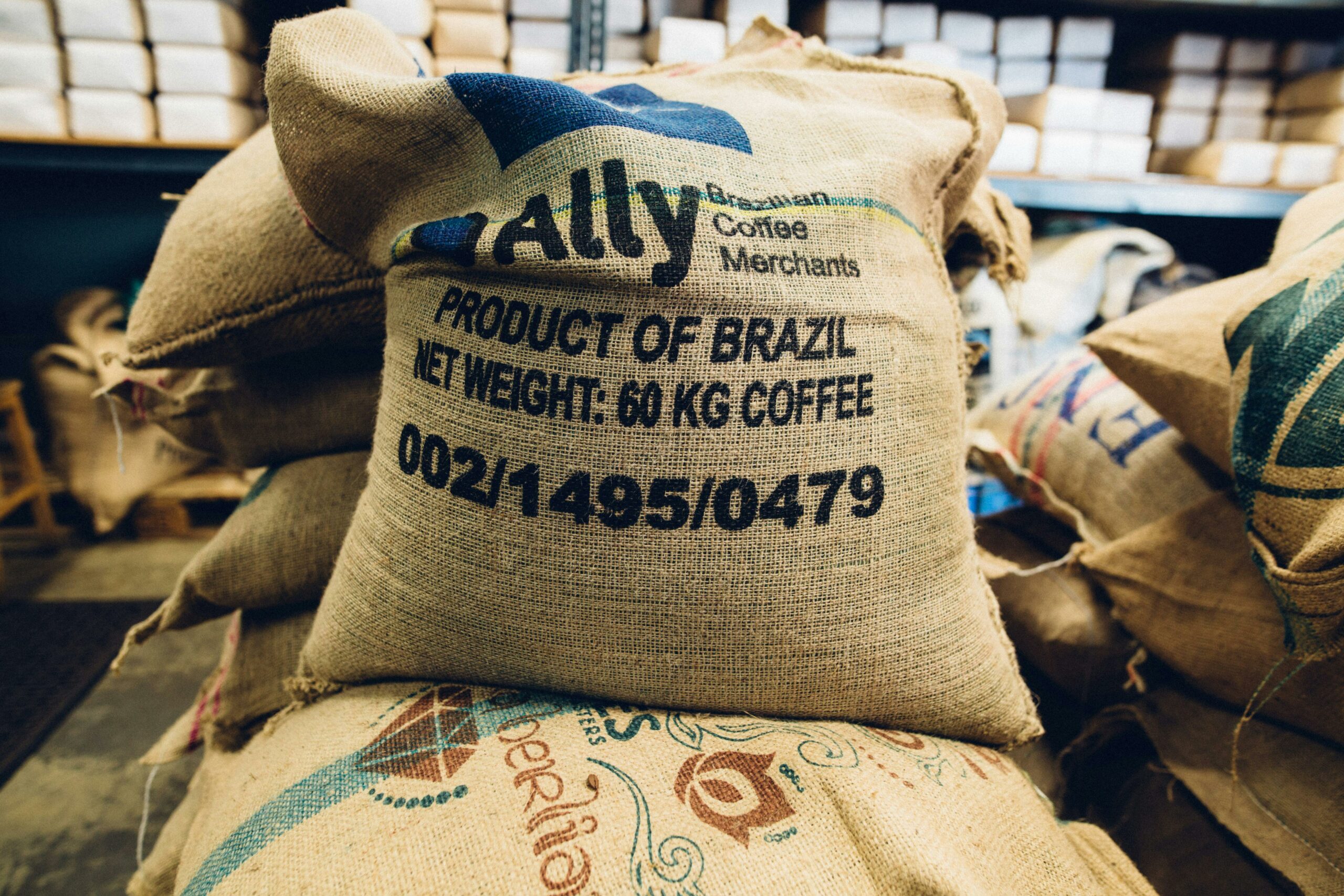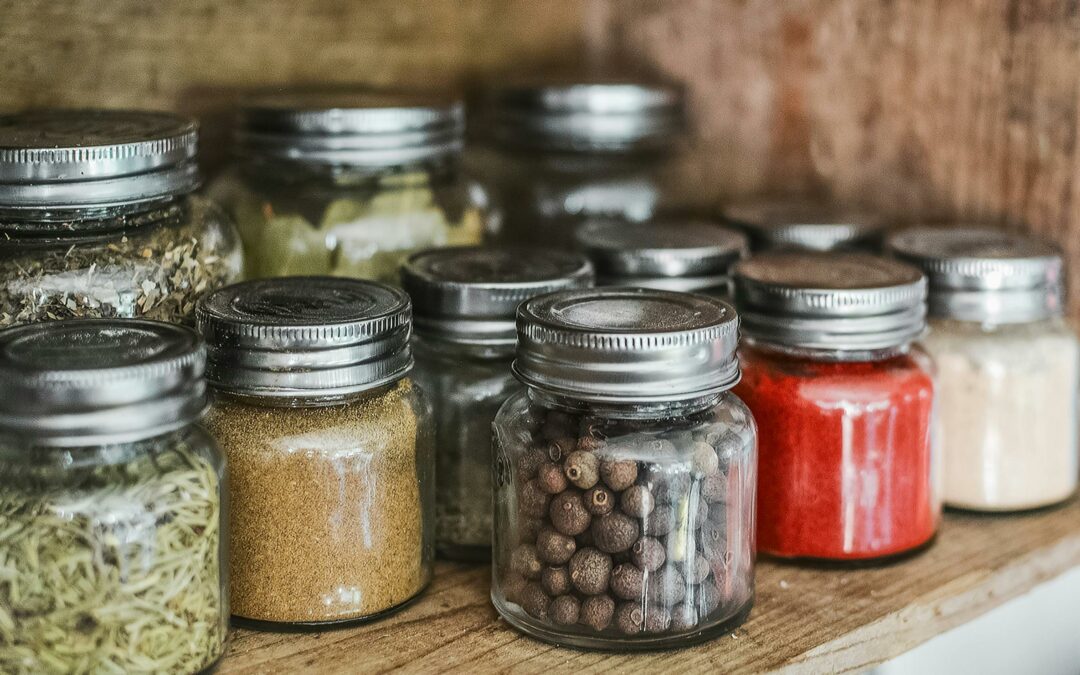Introduction:
In times of uncertainty, having a stash of essential supplies is paramount for weathering unforeseen circumstances. Among the primary necessities of survival, food stands out as a cornerstone in ensuring our well-being during emergencies. In this comprehensive guide, we’ll delve into basic food preparedness strategies tailored for novice preppers. We’ll focus on key aspects such as food storage techniques, selecting the right items to stock up on, and the importance of adopting the “first in, first out” (FIFO) consumption method.
Food Storage Tactics:
Selecting the Perfect Containers:
When it comes to safeguarding your food for the long haul, the choice of containers is critical. Opting for airtight containers or food-grade buckets is paramount for preserving the freshness and quality of your provisions over time. These specialized vessels create a protective barrier against air and moisture, effectively preventing spoilage and deterring pesky pests from infiltrating your stockpile.
Storing in an Optimal Environment:
The key to prolonging the shelf life of your food stash lies in the storage environment. Seek out a cool, dark, and dry spot in your abode to house your provisions. This optimal setting helps slow down the natural degradation process, safeguarding the integrity and nutritional value of your stored items. By avoiding areas prone to temperature fluctuations, you mitigate the risk of spoilage and ensure that your supplies remain in top-notch condition for when you need them most.

Implementing a System of Rotation:
Ensuring the freshness of your stockpile requires a methodical approach to rotation. Embrace the FIFO method, where older items are prioritized for consumption before newer additions. This proactive system minimizes waste and ensures that your provisions remain viable for as long as possible. By consistently monitoring expiration dates and rotating your stock accordingly, you optimize the efficiency of your food storage system while maximizing the utility of your supplies.
Managing Your Inventory:
Maintaining a detailed inventory is instrumental in keeping your food stockpile in check. Keep tabs on the types and quantities of items in your stash to facilitate efficient usage and timely restocking. A well-organized inventory enables you to identify and prioritize items based on their expiration dates, ensuring that nothing goes to waste.
Essential Food Items to Stock Up On:
Non-Perishable Staples:
Canned goods, dry staples like rice and beans, and freeze-dried or preserved foods form the backbone of a well-rounded emergency food supply. These durable items boast extended shelf lives, providing essential nutrients and versatility in meal preparation.
Emergency Food Kits:
Consider investing in emergency food kits for a convenient and reliable solution during crises. These thoughtfully curated kits offer a mix of vital nutrients and are designed for long-term storage, providing a hassle-free option for preppers.
Comfort Foods:
In times of stress, the inclusion of comfort foods can provide a much-needed morale boost. Treats like chocolate, tea, or coffee offer not only sustenance but also emotional support and a sense of normalcy amidst uncertainty.
The Importance of FIFO Consumption:
Adopting the FIFO consumption method ensures that your stockpile remains fresh and waste-free. By consuming older items first, you minimize the risk of expiration and optimize the efficiency of your food storage system.
Conclusion:
Basic food preparedness is a fundamental aspect of emergency planning. By adhering to these strategies and principles, you can build a resilient food stockpile to sustain yourself and your loved ones through unforeseen circumstances. Remember, proactive measures today pave the way for peace of mind tomorrow. For additional resources and detailed guidance, visit novaprepper.com. Stay safe, stay prepared, and embrace the journey towards self-reliance.

